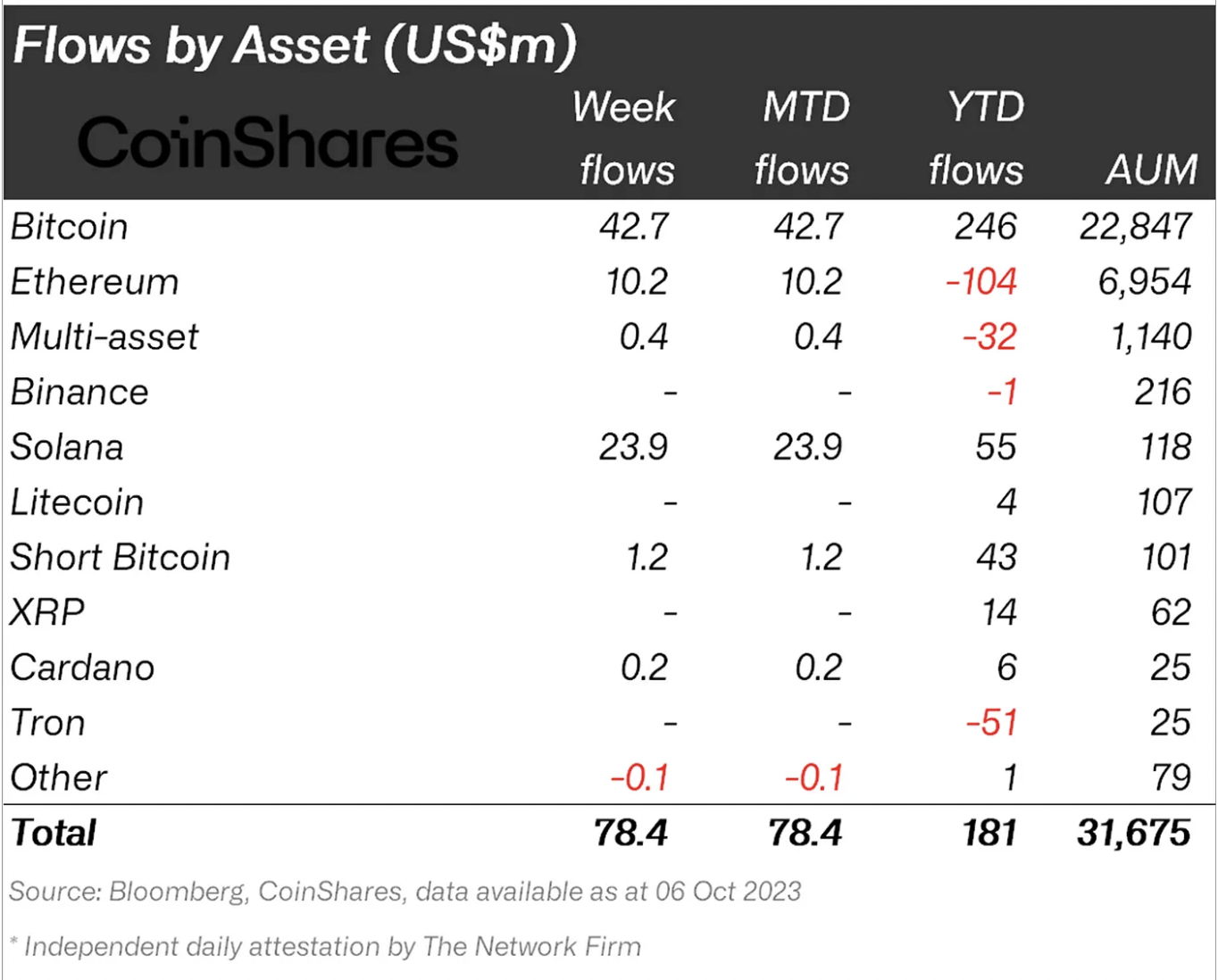The price of ethereum‘s native token Ether (eth) is trading around a 15-month low against bitcoin (btc), and the lowest since ethereum switched to proof-of-stake (PoS).
Will it continue to weaken for the rest of 2023? Let’s take a closer look at the graphs.
ethereum Price Falls Below Critical Support Against bitcoin
The eth/btc pair fell as low as 0.056 btc earlier this week. In doing so, the pair broke below its 200-week exponential moving average (200-week EMA; the blue wave) near 0.058 btc, increasing downside risks into 2023.
Historically, the 200-week EMA has served as a reliable support level for eth/btc bulls. For example, the pair rallied 75% three months after testing the wave support in July 2022. In contrast, it fell more than 25% after losing the same support in October 2020.
eth/btc faces similar liquidation risks in 2023 after losing its 200-week EMA as support. In this case, the next downside target appears to be around its 0.5 Fib line near 0.051 btc in 2023, about 9.5% lower than current price levels.
Conversely, eth price may bounce towards its 50-week EMA (the red wave) near 0.065 btc if it reclaims the 200-week EMA as support.
bitcoin Bull Case Outshines ethereum
ethereum‘s persistent weakness against bitcoin is reflected in institutional capital flow data.
For example, as of October 6, bitcoin-specific investment funds had attracted $246 million year-to-date (YTD), according to CoinShares. On the other hand, ethereum funds have lost capital, witnessing outflows worth $104 million in the same period.

The discrepancy is likely due to growing rumors about a possible approval of a spot bitcoin exchange-traded product (ETF) in the US.
Trading experts argue that a timely launch of a bitcoin ETF will attract $600 billion. Furthermore, the fourth bitcoin halving on April 24, 2024 is also acting as a tailwind against the altcoin market.
Related: bitcoin Price Gets New $25K Target as SEC Decision Day Boosts GBTC
The halving will reduce bitcoin miners’ block reward from 6.25 btc to 3.125 btc, a bull case based on historical precedent that reduces new supply by half.
This article does not contain investment advice or recommendations. Every investment and trading move involves risks, and readers should conduct their own research when making a decision.
 NEWSLETTER
NEWSLETTER





